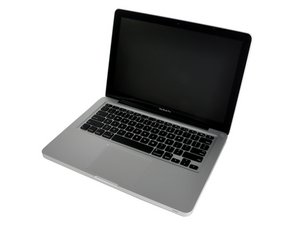You'll need an enclosure (or SATA to USB interface) and your new SSD and you can get everything back exactly the same. *I think* that Time Machine restores don't transfer licenses and you have to key them back in.
So connect the SSD via the interface to your laptop. Restart in "Restore Mode" = press and hold Command+R when restarting your laptop.
Once in restore mode, select utilities from the top, and choose disk utilities.
Select your SSD, then "Partition" and partition it into 1 GUID partition, Mac OS Journaled.
You will see the partition appear underneath your SSD's name.
Now you should see in Disk Utility 2 disks:
- Your main HDD (usually depicted as a grey HDD image) with the partition underneath it. The latter is your source.
- Your new SSD (usually depicted as an orange USB device) with the new partition underneath it. The latter is your destination.
Click on the old/source partition to select it, then click on "Restore."
You should see two dialogue boxes appear, where you drag and drop the partitions. The SOURCE dialogue box will already be populated. Make sure it is the old HDD partition.
Then drag and drop the new SSD partition in the target dialogue box.
Double check to make sure you are not mixing target and source. Read and re-read and triple-check.
Once sure, click on "Restore."
Once restore is finished (15 minutes to a couple of hours depending on the amount of data), run "verify disk" or "repair disk" on the new SSD partition. If everything checks out, turn off disk utility, then turn off your laptop (drop down commands on top/left of the screen).
Now open your computer, unplug your battery. Swap the SSD with the HDD. Plug the battery back LAST.
Restart your computer, set the correct time and date if needed, and enjoy.
P.S.: if you are using the latest OS X, the disk utility will look different, and all the commands are present in drop down menus from the top of the screen. Look there if you can't see the commands I am referring to.

 3
3  3
3 

 2,6 mil
2,6 mil 
